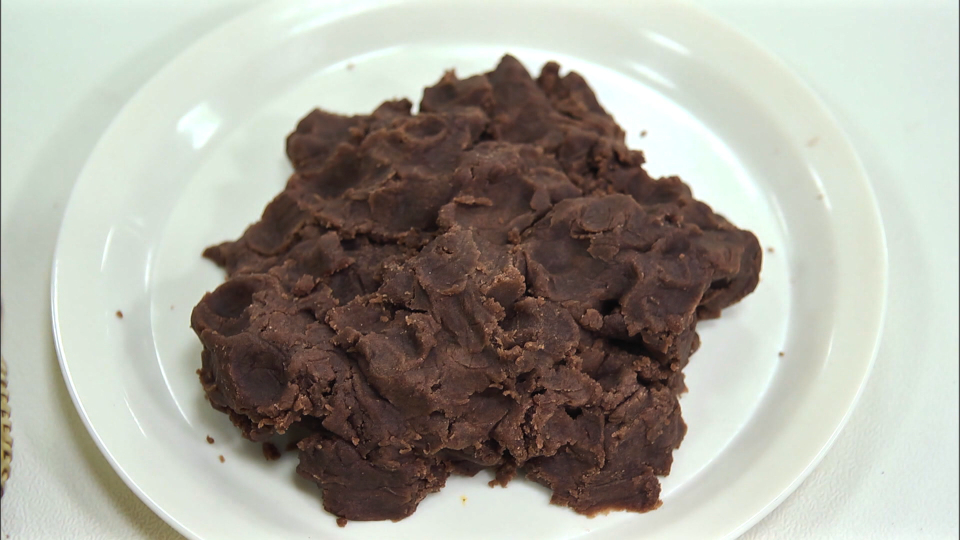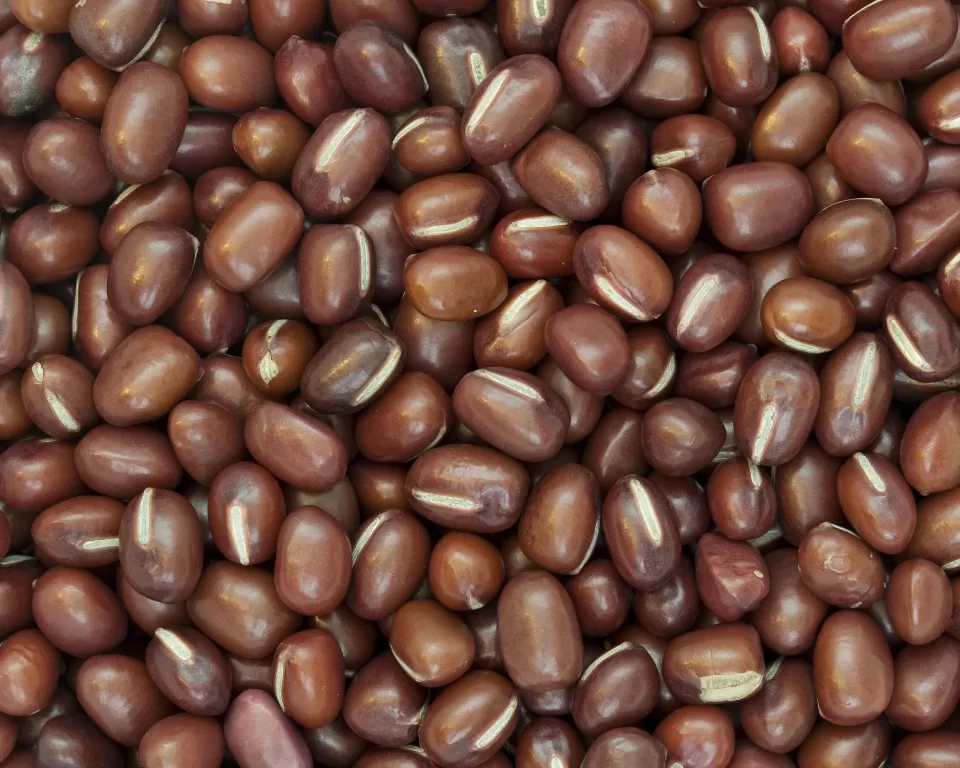Instant Pot Anko Delights: Sweet Red Bean Paste Recipe Made Easy

Also known as red bean paste, Anko forms an integral part of many Japanese sweets. This sweet paste is made with Azuki beans, a type of adzuki bean native to East Asia. It is traditionally used as a filling in various dishes such as mochi, daifuku, and dango – all common types of Japanese dessert.
Anko has a unique sweet flavor that pairs well with its subtly grainy texture, making it a popular choice for many a dessert recipe.

Types of Red Bean Paste
It’s important to note that anko comes in two primary forms:
1. Koshian: A smooth paste made from fine red azuki beans. The beans are cooked until tender and then mashed into a smooth texture using a sieve to remove the beans skins.
2. Tsubuan: A chunky version of Anko. Here, the beans are only partially mashed, allowing for some texture within the sweet bean paste.
Depending on the desired end result or personal preference, you may choose to use one type of bean paste over the other.

Key Ingredients for Making Anko
To make Anko at home, you’ll need the following:
* Azuki beans
* Sugar
* Water
While making homemade Japanese red bean paste might seem daunting initially, you will be surprised by how simple it truly is. Apart from these key ingredients, it might also help to have a few tools handy such as an instant pot (or any type of pressure cooker) for cooking the beans and a sieve for removing the bean skins (if you’re making Koshian).
How to Make Anko
The anko recipe follows four basic steps; soak the beans, cook the beans, sweeten, and mash.
Soaking Your Beans
Before you start cooking your anko, it’s essential to soak the beans overnight. Doing so ensures that your red beans absorb enough moisture to soften during the cooking process. This step also helps reduce the overall cooking time.
Cooking Your Beans
Next up is cooking your azuki beans. You can use an instant pot or traditional cooking pot for this step. Cook your soaked beans under high pressure until they are soft enough to be easily mashed with your fingers.
Sweetening Your Beans
Once your beans are cooked and soft, add sugar. The general rule when adding sugar is to match it based on weight with your cooked azuki beans (bean to sugar ratio); however, you can adjust this proportion based on how sweet you like your anko.
As you add sugar and continue cooking on low heat, it’ll melt and blend with the cooked beans creating a glossy blend that is inherent of authentic Japanese anko.
Mashing Your Beans
Finally – mashing your beans. For Koshian (smooth red bean paste), transfer your sweetened bean mix into a fine mesh sieve or food processor to create that velvety texture. On the other hand, for Tsubuan (chunky red bean paste), simply use a fork or potato masher in order to maintain some chunks within your sweetened bean mix.
Alternate Bean Varieties for Anko
While azuki beans remain unchallenged as favorites when it comes to making Japanese desserts due to their earthy sweetness combined with brilliant maroon color; white kidney beans or mung may serve as alternatives if azuki isn’t available readily – they deliver distinct yet palatable flavors.
However, remember if you’re opting for these alternatives; Kidney Beans and Mung Bean require longer soaking periods compared to azuki before they can be used within your recipe.

Serving Suggestions for Anko
You’ve made your carefully crafted homemade anko – now what? There are many ways this versatile ingredient can be used in both traditional Japanese desserts as well as creative new innovations:
* Use it as filling in pastries or breads.
* Incorporate into mochi or Dorayaki pancakes.
* Spread over toast for sweet breakfast treat.
* Roll into tiny balls and coat in roasted soybean powder for cute snacks reminiscent of ‘hong dou sha’ — another delightful type of ‘Dou Sha’, or sweet bean paste from East Asia.
Creating traditional Japanese sweets at home opens up endless possibilities; aside from its decadent taste appealing alike adults-or-kids; dishes like these often form excellent conversation starters owing their rich cultural heritage effectively drawing all attention towards themselves during social gatherings!
Tips when Making Anko
If the texture seems too thin – add more sugar or simmer longer, allowing excess liquid to evaporate until thickened consistency is reached, resultantly amplifying its sweetness subtly without overpowering underlying nutritive flavor. Another decisive advantage of homemade over store-bought varieties lies in control over ingredients and their proportions, thereby enabling better catering to distinct taste preferences dietary requirements of each individual family, dramatically reducing dependence on processed foods.
Always opt premium-quality adzukis offering deeper-hues imparting equally rich coloration resultant mixture further enhancing its appeal significantly.
With these tips and tricks in mind, hopefully you’ll feel more equipped in tackling this simple yet versatile ingredient used widely across east-Asia dessert-making traditions.





